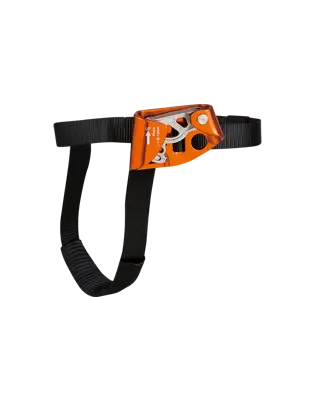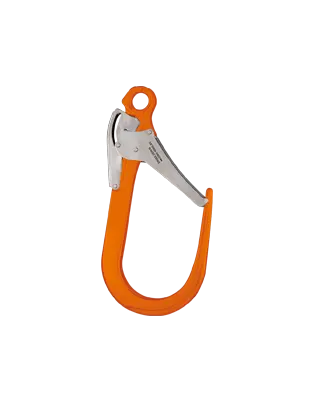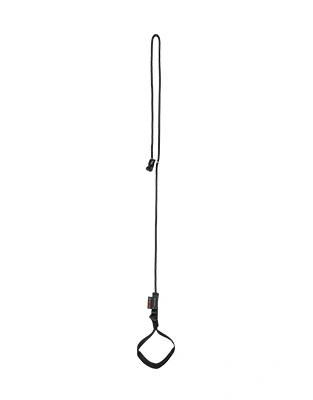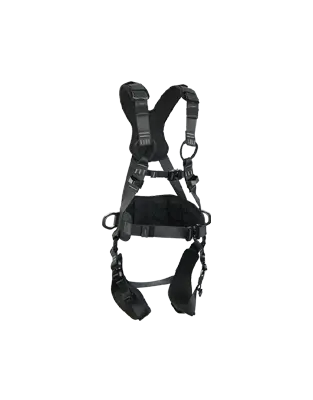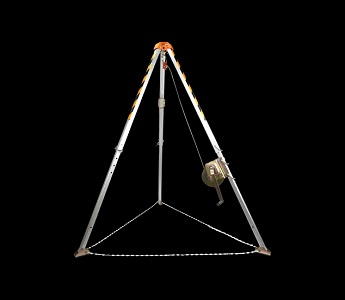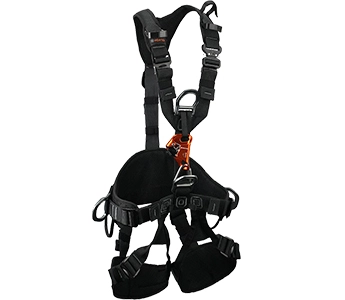Tree pruning is a high-altitude operation that involves significant risks. To ensure the safety of the workers, a tree trimming harness is an essential piece of equipment. Correct use of the tree trimming harness can effectively reduce the injuries caused by falls from heights.
The Role of the Tree Trimming Harness
During tree pruning, workers often need to climb trees or stand at unstable high positions, which increases the risk of falling. Wearing a proper tree trimming harness can provide protection in case of accidents, preventing workers from falling. The tree trimming harness, when connected to a tree or other fixed objects, forms a safety anchor point. Even if balance is lost, the safety harness can limit the fall, reducing the likelihood of injury.
Choosing the Right Tree Trimming Harness
When selecting a tree trimming harness, the material and strength are the primary considerations. A high-quality safety harness should be made of durable, wear-resistant materials that can maintain stability over long-term use. Additionally, the design of the tree trimming harness should be ergonomic, comfortable to wear, and easy to adjust. Since tree pruning often requires long periods of suspension, comfort is crucial, and a design with padded reinforcement can reduce the discomfort caused by long periods of suspension.
Moreover, the buckles of the safety harness are also an important factor when choosing. The buckles should ensure a quick and secure attachment to the safety anchor point and be able to withstand strong pulls. To further improve safety, some high-quality tree trimming harnesses come with additional cushioning devices to reduce the impact of sudden falls.
How to Wear the Tree Trimming Harness
The correct wearing of the tree trimming harness is crucial. When wearing it, first ensure that the straps are appropriately tightened—not too tight to cause discomfort, nor too loose to lose its protective function. Then, make sure that the hooks or connection points of the harness are securely attached to stable parts of the tree or designated anchor points. Before operations, check all parts of the safety harness to ensure there are no worn or loose areas to prevent accidents.
Maintenance of the Tree Trimming Harness
Regular maintenance is vital to ensure the long-term use of the tree trimming harness. After each use, check for any damage, aging, or loose parts, especially the buckles, straps, and anchor points. For safety harnesses frequently exposed to outdoor environments, regular cleaning is necessary to avoid the accumulation of dirt, branches, and other debris that could affect its performance. If significant wear or irreparable damage is found after a period of use, the safety harness should be replaced promptly to ensure safety.
In tree pruning operations, the tree trimming harness is the fundamental equipment for ensuring workers' safety. Choosing the right safety harness, wearing it correctly, and conducting regular inspections and maintenance are essential steps to ensure safe operations. Hoater's tree trimming harness is highly favored by professionals for its superior materials and meticulous craftsmanship, providing robust safety assurance for tree pruning tasks.

 EN
EN
 fr
fr 


















